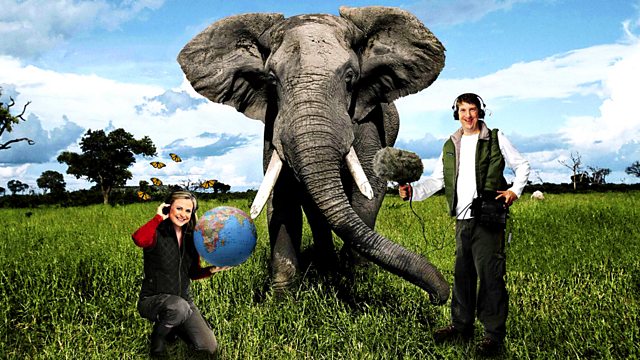The Listeners (Series 3, Ep 2)
A bioacoustics scientist, an echolocation scientist and an acoustic engineer are among those who listen to spaces and places and study how we can see with sound.
Fiona Gameson has been blind since she was about 3 and half years old, and since childhood has used echolocation to help navigate her surroundings. Echolocation is used by bats and dolphins and some other marine mammals to navigate and hunt their prey. It involves producing a sonar emission (mouth clicks in Fiona’s case) and listening to the echoes to hear and “see” their surroundings. Lore Thaler a lecturer at Durham University has been studying human echolocation and we hear about her work with individuals like Fiona. We also hear from Christopher Willis Clark, a senior scientist and Professor at Cornell University and in the Bioacoustics Research Programme at Cornell Laboratory of Ornithology where he studies the acoustic behaviour of birds, fish, elephants and whales. He too is familiar with the notion of ‘seeing with sound’, of creating ‘maps’ from sounds and using these to navigate underwater. Above the waves, poet Katrina Porteus discusses how listening to the soundscape of places has influenced her work and Trevor Cox, Professor of Acoustic Engineering at Salford University recalls some of his favourite listening experiences in reverberant spaces and explains how the acoustics in a badly designed lecture hall in the late 1800's was the starting point for the study of architectural acoustics along with some hand claps and a saxophone in Trevor’s case! Producer Sarah Blunt.
More episodes
Podcast
-
![]()
Best of Natural History Radio
Experience the wonder and surprise that nature has to offer.


